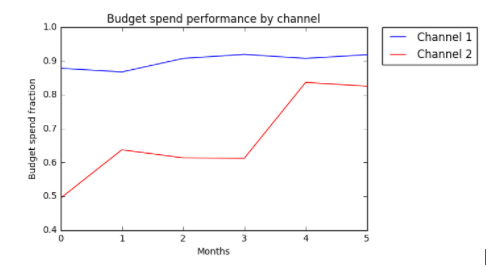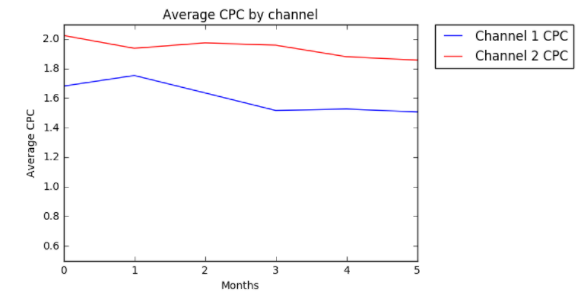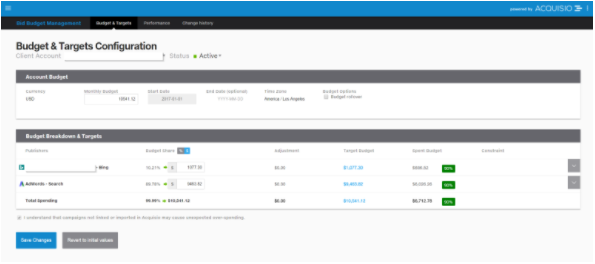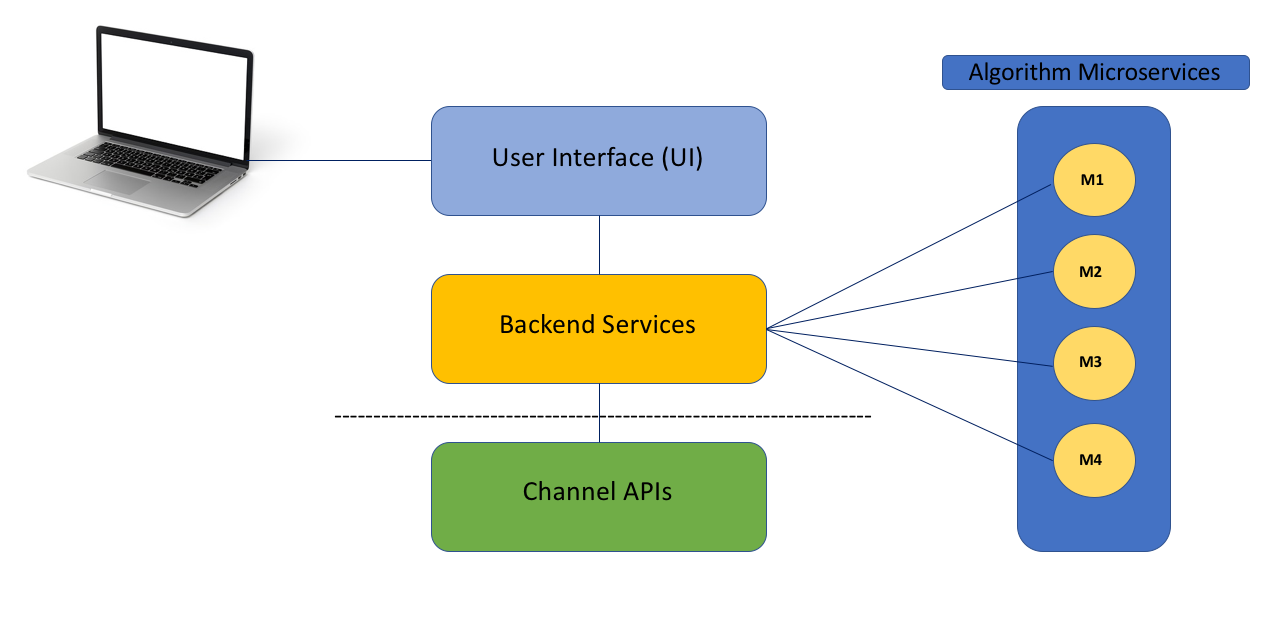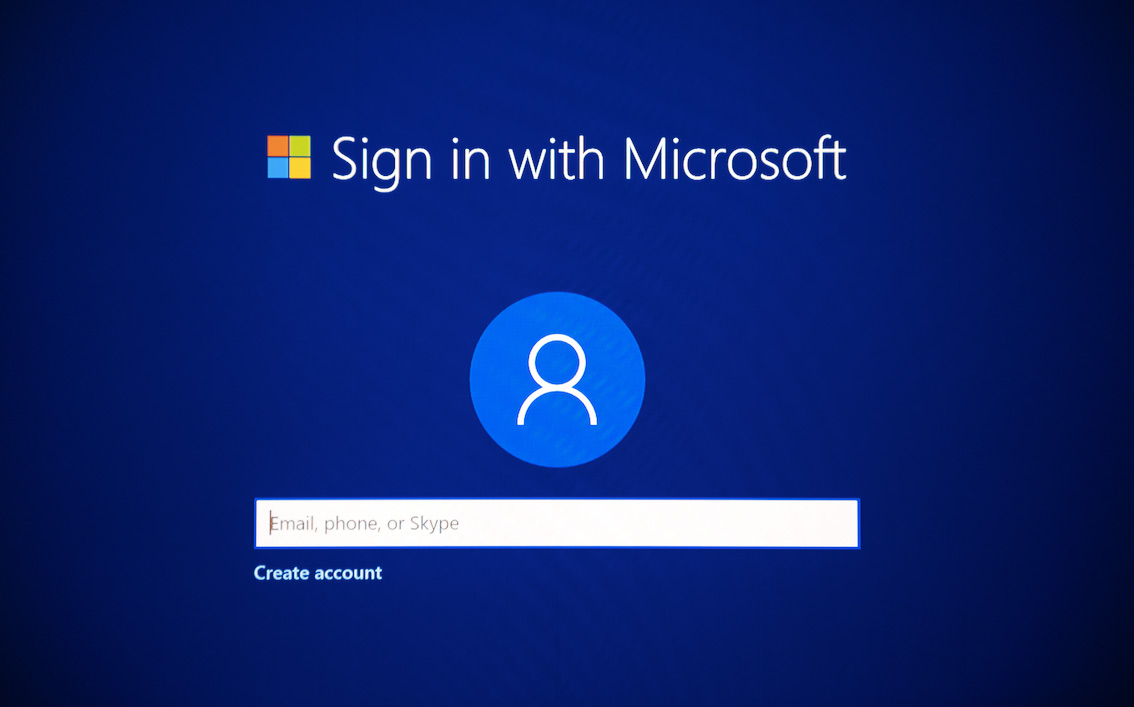Last Updated: June 2018
Machine Learning (ML) and Artificial Intelligence (AI) are enjoying an unprecedented buzz in the news, and not just in the sci-fi section. Hardly a day goes by without some important milestone being reported on machine intelligence! Much of the coverage focuses on the achievement large companies in possession of large data sets have made, using ample resources to extract value from that data.
Indeed, large datasets tend to come from large companies, suggesting that the data needed to take advantage of machine learning is accessible only through big budgets. Some have even argued that machine learning is exclusive to billion-dollar businesses and everyone else is doomed. As Acquisio’s Head of Research, I see first hand that this is not true. Fortunately for companies that don’t consider themselves at the enterprise level, machine learning can improve all types of businesses…or at least their marketing efforts.
Examples of ML and AI already play a large role in our day-to-day life, but many don’t think of it this way. Similarly, in a marketing context the assumptions are the same, and many don’t realize the power machine learning technology brings, even for smaller companies. This post explores everyday examples of ML and AI made accessible already, before looking at how our backend makes machine learning technology available for small business marketing.
Machine Learning is Already Accessible
While grandiose examples of AI and ML in popular media have described adventures of self-driving cars or even toilet paper theft prevention facial recognition technology, simpler examples are everywhere. The results of machine learning made accessible are all around us, but often go unnoticed:
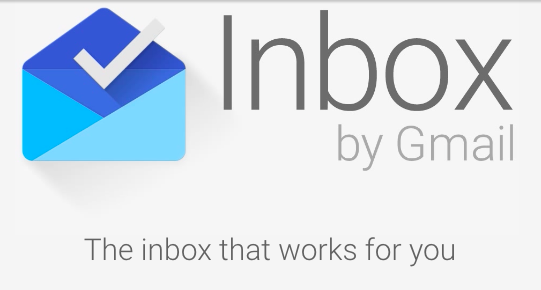
- If you use Inbox by Google, the auto reply suggestions come from machine learning.
- Conversing with your voice assistant? That’s machine learning too.
- Searching for photos of cats in your photo library as the correct images pop-up without you ever labelling them as such… that’s machine learning.
- The same is true in the business world. CRM tools use machine learning to help the analysis of the sales process.
The list actually could go on and similarly it will grow over time as machine learning technology applications continue to pop up everywhere. The point is that sophisticated data sets that inform predictive and intelligent technology are already embedded in our daily interactions, whether we realize it or not – even at the individual level machine learning is already available. So to say that machine learning is only available to big business, is already an inaccurate statement. Aside from the CRM example above, we can take a closer look at how business is already using machine learning for marketing.
The History of Machine Learning at Acquisio
Acquisio’s Bid and Budget Management (BBM) system is so well-known that sometimes people use the acronym “BBM” synonymously with the term optimization. Initially our optimization engine only worked with AdWords as that was the PPC channel of choice for many of our clients at the time. But as our advertisers and agencies started exploring other channels (Bing, Facebook, Display, etc) it became important for us to support those as well. But allowing our clients to manage PPC across all channels brought new challenges – the decision on how to split an overall budget between these publishers.
At the outset, the responsibility rested with the clients to re-evaluate their budget allocations regularly to make sure the split was correct. But after looking at our clients’ results it became clear that this was not an easy problem to manage logistically or mathematically. Time and again we saw cases where the budget distribution was not ideal; on one publisher the budget was spent correctly while on the other it lagged behind, leaving unspent money on the table.
Our First ML Case Study: Lower CPCs and More Clicks
One example that stands out comes from a large agency with about 4,000 accounts where each account was configured to advertise with the same 2 channels. At the same time their advertising success, measured by the ability to spend the target monthly budget, couldn’t be more different. As shown in the graph below, across all the accounts this agency was able to spend 87.8% of the allocated budget on average on Channel 1, but only 49.4% on Channel 2.
There were simple solutions that didn’t involve machine learning like reducing budget allocation to Channel 2 by about 50%, but that solution didn’t factor in the individual differences between each account.
Instead we created an ML-based solution that reallocated the budget on a regular schedule. By the end of the 5th month, as shown in the figure above, the budget spend percentage improved with both channels – up to 91.8% on Channel 1 and 82.5% on Channel 2!
And that is not all. By re-allocating the budget our algorithm was also able to arbitrage one channel against the other resulting in lower CPCs by the end of the 5th month. The average CPC on Channel 1 dropped by 10% from $1.68 to $1.50, while on Channel 2 it dropped by 8% from $2.02 to $1.85. This was a win for the agency as they were able to spend more of the budget. It was also a win for their clients because increased spend coupled with lower CPC got them more clicks. After our first home-run we’ve continued to improve our optimization engine, BBM.
Machine Learning at Acquisio Today
Our bid and budget management tool has been looking over client accounts for many years now, around the clock, 24/7. Over all this time it’s compiled a lot of data on tens of thousands of accounts. It has taken on the mundane and difficult tasks of regular bid and budget monitoring, so our campaign managers can focus on the things they’d rather do. As our recent post explains “When using a machine campaign management tool, the monthly amount of time spent on each account is only 20 minutes.”
So what does machine learning look like behind the scenes, or behind the servers if you will, at Acquisio?
Clients see and interact with our optimization system through the Bid Budget Management User Interface (cross-channel account setup, setting budget targets, specifying constraints etc.) as seen in the image below:
While our clients see a clean UI, our backend system takes over translating all of that information into the optimization structures. Our Machine Learning algorithms are deployed as dozens of microservices leaving our backend to communicate with channels like AdWords and Bing, instructing them what values to set for bid, budget, and more, ensuring optimization tasks are carried out around the clock.
Microservices are useful to Acquisio for a number of reasons. As self contained units, we can quickly deploy new versions of the algorithms. Microservices also facilitate controlled roll-outs of new features, while different accounts that have different characteristics run on different variants of the main algorithm. Setting up our architecture this way allows us to innovate quickly and independently of the rest of the system. This agility is critical in today’s advertising world for staying relevant when so many things are changing rapidly, both external to our operation and internal as a result of product development.
Here is a simple diagram of what microservices at Acquisio look like:
Small Business Benefits from Machine Learning
According to a recent study, 48% of organizations are planning to use machine learning to gain greater competitive advantage. As our Digital Predictions Part 1 pointed out, for many smaller companies a 3rd party tool can provide the benefits of machine learning without having to own or invest in large data sets. It’s true that even if small companies don’t have enough data to take advantage of machine learning, 3rd party providers can combine the data of many small companies. “Big Data” can be made from small data if there is enough of it, allowing small businesses to benefit from machine learning technology.
Using the system architecture above, we’ve gathered an enormous amount of data with big clients and used it to build intelligent algorithms. Now that the “algos” are perfected, they can be used for accounts as small as 100$ monthly ad spend. While it’s difficult for the small guys to access machine learning on their own, agencies who are servicing SMBs should use tools like ours to manage, optimize and scale multiple accounts. Google Channel Partners, Publishers and Resellers that service hundreds of small-business PPC accounts benefit from our machine learning technology already.
ML and AI are not just hot topics this year, they are also seeing a surge in application. That’s not any different here at Acquisio. Our entire team is excited with the opportunities that Artificial Intelligence and Machine Learning bring to the industry. As an organization we are fully invested and currently researching a number of topics that will make the lives of our clients easier.
Stay tuned for updates about machine learning and for registration information about our upcoming machine learning webinar with Hanapin Marketing.
Image Credits
Feature Image: Gratisography
All screenshots and graphics by Tamas Frajka. Taken April 2017.
Image 1: Screenshot of Google Inbox Logo
Image 2: Acquisio data 2016
Image 3: Acquisio data 2016
Image 4: Screenshot of Acquisio platform
Image 5: Diagram of micro-services at Acquisio

